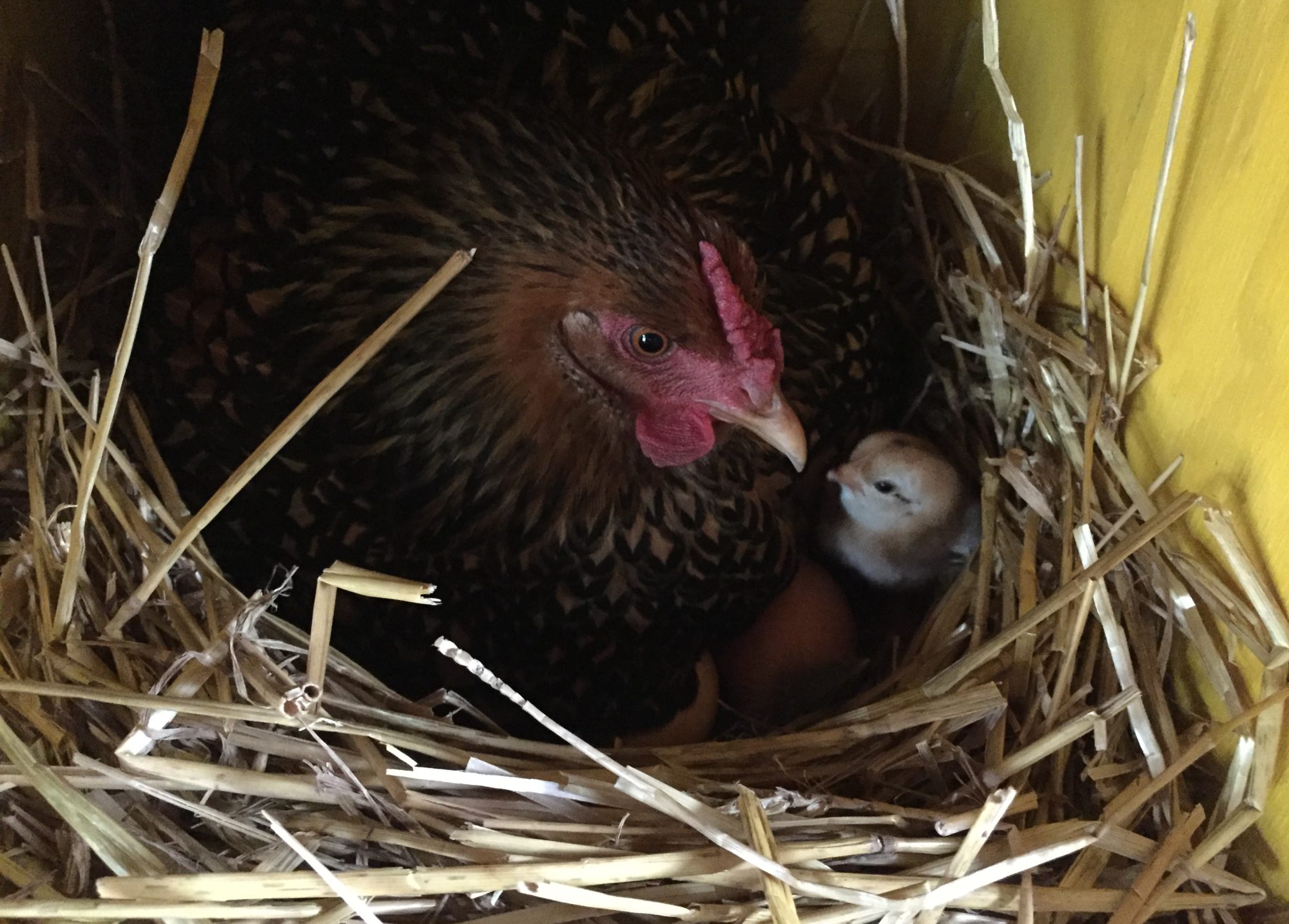In North America, fall is chicken molt season. Molt is nature’s way of getting a chicken ready for winter by renewing worn, broken, and missing feathers, and preparing them for winter. It’s sort of like a tree getting new leaves, except that feathers are lost and grown at the same time.
If you’re a new chicken owner, you’ve probably heard about it, but are wondering why your spring chickens aren’t molting. That’s because molt doesn’t usually occur until a chicken’s second fall. Shorter days trigger their body to start molting. Molt is different for every chicken. Chickens usually start in the early fall, around September, but some start in August or as late as November. It usually lasts 1 ½ to 2 months, but some take 1 month and others take 3 months. Some chickens lose feathers like a pillow exploded, littering the ground. In others, it’s so gradual that you’ll hardly notice what’s happening.
Feathers are made of protein. Eggs are too. The chicken’s body can’t handle both at the same time, so it chooses feathers. Typically, egg production stops or is significantly reduced. If your chickens are molting for the first time, the drop in egg production can be so sudden that many wonder if someone is stealing their eggs, or if their chickens are hiding or eating their eggs. No, it’s just molt.
Molt can be hard on a chicken. It can be uncomfortable and stressful. You might notice mood changes, as your usually friendly chickens become grumpy. Other chickens might pick at the bare skin or newly forming feathers. You might even notice weight loss.

To help with molt, you can give your chickens extra protein. Some switch to meat bird feed, or feather fixer blends, or give high protein snacks like black oil sunflower seeds or cat food. Typical layer feed has 16% protein, while meat bird feed has 20-22% protein. Cat food has about 30% protein. Avoid handling molting chickens, and reduce any stress as much as possible.
Hens and roosters both molt. When they are done molting, you’ll notice how beautiful they are with their new soft winter coat. In some breeds, they will even change color patterns, and become more striking with age.
The big downside is that after molt, a hen will lay about 20% fewer eggs. Egg production varies throughout the year, with the most eggs laid in the spring and the fewest eggs laid in the fall. If you have a chicken breed that is advertised to lay 250 eggs per year, you’ll get 5 eggs per week ON AVERAGE, but not every week. You might get an egg every day in the spring, but only 3 per week in late fall. After the first molt, you may only get 6 per week in the spring and 2 per week in late fall. It continues to get worse every year.
Most commercial eggs farms replace their birds when they are about 18 months, around the bird’s first molt. They get one good year of almost daily laying, usually from a white leghorn that lays 320 eggs per year. Most backyard chicken farmers aren’t that eager to say goodbye to their feathered friends until after the 3rd or 4th molt when egg production almost stops after spring.
So if you notice your chickens looking like they’ve been through a category 4 hurricane, treat them gently and reward them with protein snacks. They’ll be beautiful when it’s over and ready for winter.


